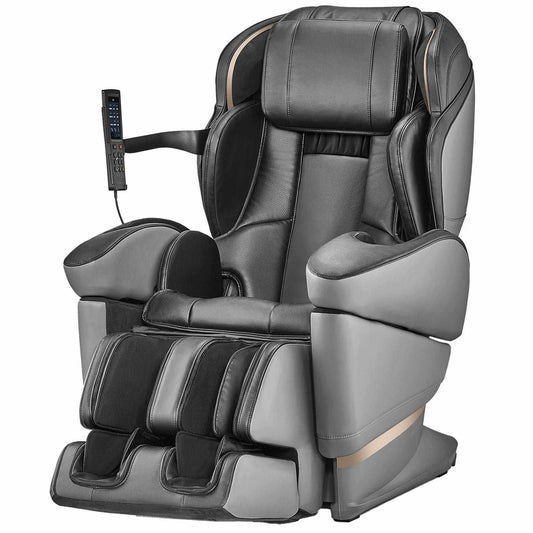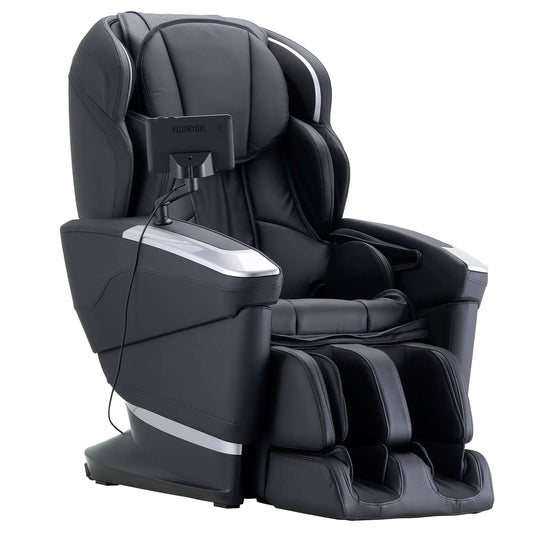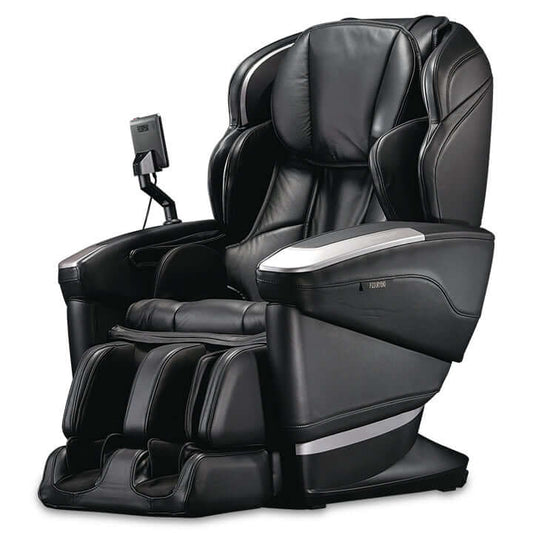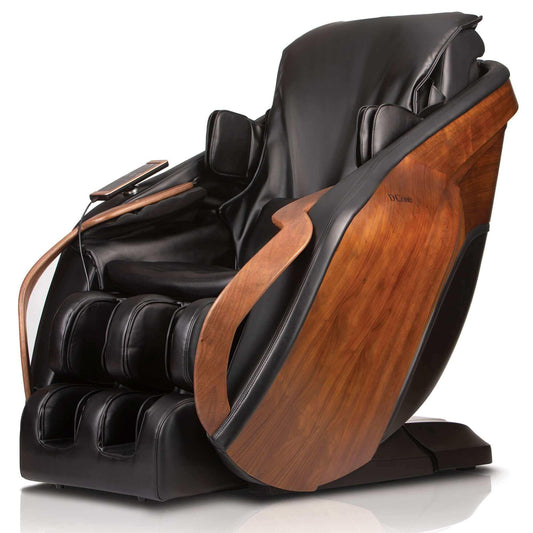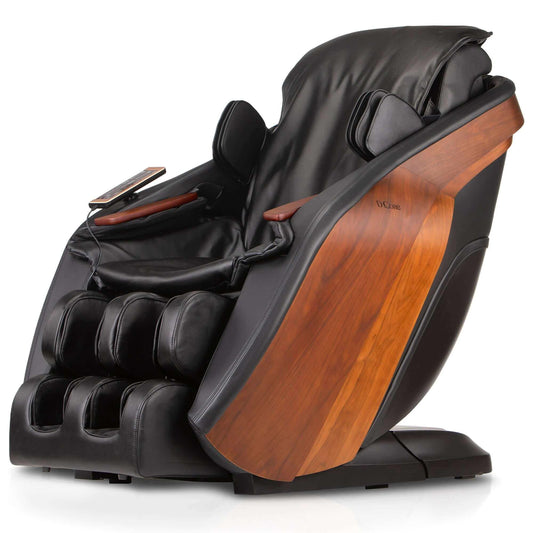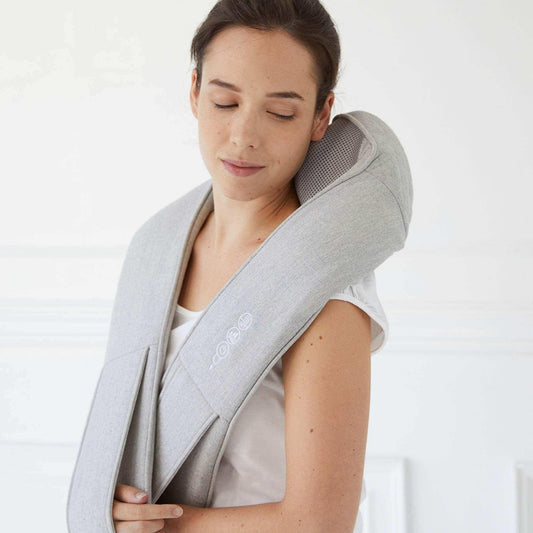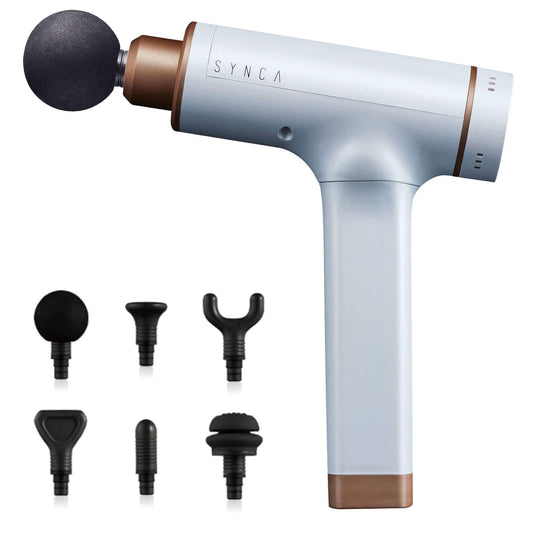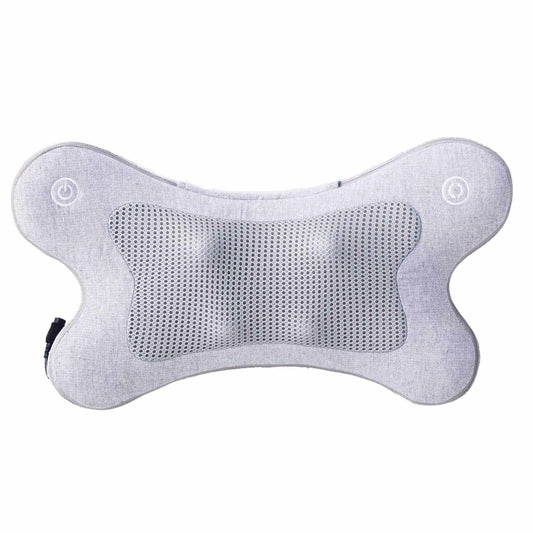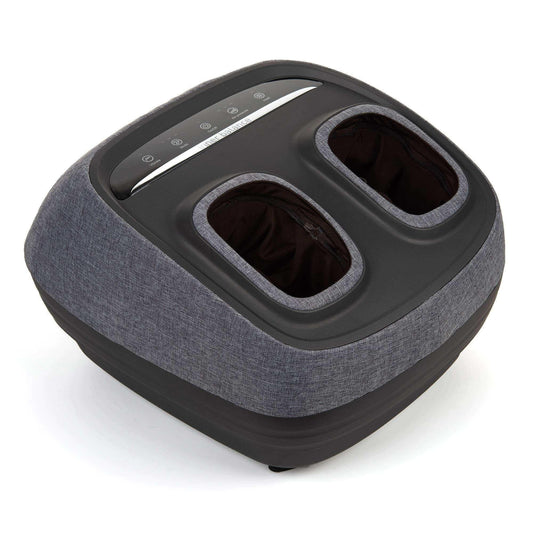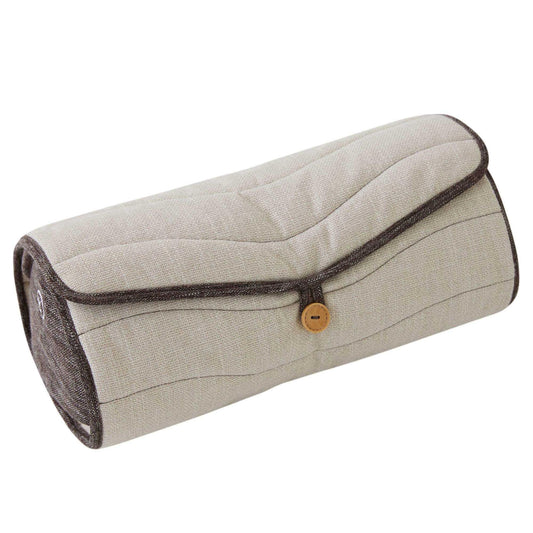
Do Foot Massagers Really Work? REI's Expert Insights
Introduction: The Growing Popularity of Foot Massagers
Foot massagers have witnessed a surge in popularity, driven by an increasing focus on self-care and wellness. Modern lifestyles often lead to prolonged periods of standing, walking, or sitting, which can cause tension and discomfort in the feet. Many find foot massagers appealing due to their ability to provide relaxation and potential therapeutic benefits without the need for professional services. Advancements in technology have also made these devices more versatile, offering features like deep-kneading rollers, heat functions, and customizable intensity levels. Whether for stress relief or physical rejuvenation, they are becoming a staple in home wellness routines globally.
|
The Science Behind Foot Massagers: How Do They Work?
Foot massagers utilize a combination of mechanical, thermal, and pressure-based techniques to deliver therapeutic benefits. These devices often incorporate rollers, nodes, or airbags to simulate kneading and compression, mimicking manual massage. By stimulating the numerous nerve endings and pressure points in the feet, they help promote relaxation and alleviate muscle tension.
Some models employ vibration to enhance blood circulation, while others use heat therapy to soothe tired muscles and improve tissue elasticity. Advanced designs may feature reflexology principles, targeting zones in the feet that correspond to organs and systems in the body. These mechanisms work in tandem to provide holistic relief and overall well-being.
Types of Foot Massagers: From Manual to Electric
Foot massagers come in various designs, catering to different preferences and needs. These devices can be grouped into manual, electric, and hybrid categories, each offering distinct benefits.
Manual Foot Massagers
- Roller-Based Models: These feature wooden or plastic rollers and rely on hand or foot pressure to provide stimulation.
- Ball Massagers: Small, portable balls with textured surfaces specifically target pressure points.
- Compression Bars: Stationary bars designed for deep tissue kneading, ideal for muscle pain relief.
Electric Foot Massagers
- Shiatsu Massagers: Use rotating nodes to mimic kneading and acupressure techniques.
- Air Compression Units: Apply rhythmic air pressure for improved blood circulation.
- Heated Models: Combine warmth with massage to alleviate tension and maximize relaxation.
Hybrid Options
Some massagers integrate manual and electric elements, providing versatility by blending user control with automated features. These cater to those seeking a customizable experience.
Expert Insights From REI: What Sets Quality Foot Massagers Apart?
According to REI professionals, top-tier foot massagers combine functionality, durability, and effective design. Key features to consider include:
- Massage Techniques: High-quality models incorporate shiatsu, kneading, or rolling functions to replicate hands-on therapy.
- Adjustable Intensity: Variable settings cater to user preferences, offering gentle relaxation or deeper pressure relief.
- Heat Functionality: Built-in heat enhances circulation and soothes tired muscles, making it a sought-after feature.
- Ergonomic Design: A well-designed unit adapts to various foot sizes and provides maximum comfort during use.
- Ease of Use: Simple controls and portability ensure convenience for daily use.
These elements distinguish superior devices from standard models, ensuring effectiveness and value.
Benefits of Using Foot Massagers: Physical and Mental Well-Being
Foot massagers offer a range of benefits, positively impacting both physical and mental well-being. Regular use enhances blood circulation, helping to deliver essential nutrients and oxygen to tired muscles while reducing swelling and inflammation. They ease muscle tension, promoting relaxation and alleviating soreness, particularly beneficial after prolonged standing or physical activity.
On the mental health front, foot massagers help reduce stress by stimulating pressure points linked to relaxation. This process triggers the release of endorphins, the body’s natural painkillers and mood enhancers. Enhanced sleep quality often follows, as relaxation quiets the mind and prepares the body for rest.
Common Myths About Foot Massagers: Do They Really Deliver?
Foot massagers are often surrounded by misconceptions that can skew consumer expectations. Here are some of the most common myths:
- Myth 1: Foot massagers can cure medical conditions. While beneficial for relaxation and improving circulation, foot massagers are not substitutes for medical treatment or physical therapy.
- Myth 2: All foot massagers provide the same benefits. Device features, such as kneading intensity, heat options, and vibration settings, differ, impacting their effectiveness for individual needs.
- Myth 3: They instantly relieve stress and pain. Results may vary based on frequency of use, duration, and the individual's specific condition.
Understanding these myths helps set realistic expectations about their capabilities.
When and How to Use a Foot Massager for Optimal Results
Foot massagers are most effective when used consistently and at appropriate times. Timing plays a critical role, as using one after a long day or strenuous activity can help alleviate tension and promote relaxation. They are particularly beneficial during evenings to unwind or after workouts to assist recovery.
Tips for Effective Use:
- Choose the Right Duration: Limit sessions to 10–20 minutes to avoid overstimulation.
- Posture Matters: Sit comfortably with feet positioned securely on the device.
- Ideal Settings: Adjust intensity levels based on personal comfort. Avoid excessive pressure.
It is essential to consult a physician before use if experiencing medical conditions like neuropathy or circulatory issues.
Foot Massagers vs. Professional Massage Therapy: A Comparison
When evaluating foot massagers against professional massage therapy, key distinctions emerge in terms of accessibility, effectiveness, and overall experience.
- Convenience: Foot massagers offer the advantage of at-home use at any time, while professional therapy requires scheduling appointments and travel.
- Cost: Over time, purchasing a foot massager can be more affordable, whereas professional sessions typically involve recurring expenses.
- Techniques: Professional massage offers customized techniques tailored to individual needs, while foot massagers provide predefined settings designed for general use.
- Human Touch: Skilled therapists can identify and adapt to problem areas dynamically, unlike devices that lack personalization.
- Relaxation Atmosphere: Spas provide a calming environment, enhancing relaxation, unmatched by home devices.
Both options cater to different preferences and lifestyles, offering unique benefits.
Personal Experiences: Insights From Users and REI Experts
User testimonials reveal mixed but generally positive experiences with foot massagers. Many report benefits such as reduced foot fatigue, improved circulation, and relief from soreness after prolonged activity. Hiking enthusiasts, consulted by REI experts, emphasize their effectiveness post-trail to alleviate swelling and promote recovery.
REI experts highlight the importance of choosing models with adjustable settings, noting how different massage intensities cater to individual needs. They also recommend features like heat therapy for added relaxation. Some users express concerns about durability and noise levels. However, overall feedback suggests regular use improves comfort and mobility, particularly for those with active lifestyles.
How to Choose the Right Foot Massager for Your Lifestyle and Needs
Selecting the ideal foot massager requires careful consideration of personal preferences and lifestyle demands. Start by evaluating the type of massage desired—shiatsu, kneading, or vibration—since different techniques offer unique benefits. For individuals with chronic pain or specific conditions, targeted features like heat therapy or adjustable intensity levels may prove essential.
Pay attention to portability if frequent travel or compact storage is necessary. Electric models often provide convenience, while manual options might suit those prioritizing affordability. Check build quality and ease of maintenance, ensuring durability. Lastly, budget constraints should guide decisions without compromising on essential features tailored to specific needs.
Maintenance and Longevity: Caring for Your Foot Massager
Proper care and maintenance of a foot massager ensure its performance and durability over time. To best maintain the device:
- Clean Regularly: Wipe down the exterior with a damp, soft cloth after each use. For devices with removable covers, wash them according to manufacturer instructions to prevent dirt buildup.
- Inspect Components: Check cords, plugs, and moving parts periodically for signs of wear or damage to prevent malfunctions.
- Store Safely: Keep the massager in a cool, dry place, away from direct sunlight or humidity, which can harm electrical components.
- Follow Usage Guidelines: Avoid overloading the device by adhering to the recommended usage time in the manual, typically 15–30 minutes per session.
Taking these steps not only promotes hygiene but also enhances the lifespan of your foot massager.
Expert Recommendations: Top Foot Massager Brands and Models
When exploring foot massagers, several trusted brands and models stand out for their performance, features, and user satisfaction. Specialists often highlight the following:
- TheraFlow Dual Foot Massager Roller: A manual option praised for targeting pressure points through well-crafted wooden rollers. Ideal for increasing circulation and relieving plantar fasciitis discomfort.
- RENPHO Foot Massager Machine: Known for its kneading, rolling, and heat therapy options, this electric massager delivers a spa-like experience with adjustable intensities.
- Cloud Massage Shiatsu Foot Massager: Combines compression therapy, heat, and deep-kneading motions for versatile relief. Popular among people managing chronic foot pain.
- Nekteck Shiatsu Foot Massager: Features built-in heat and durable massage nodes to alleviate muscle tension effectively. Portability and affordability enhance its appeal.
These models reflect innovation and diverse functionality suited for tailored wellness needs.
Limitations of Foot Massagers: What They Can't Do
While foot massagers provide temporary relief and relaxation, they are not a comprehensive solution for all foot-related issues.
- Medical Conditions: They cannot diagnose, treat, or cure medical conditions like plantar fasciitis, nerve damage, or arthritis. Professional medical intervention is necessary for such cases.
- Targeted Therapy: Foot massagers may lack precision in targeting specific pressure points or providing personalized care tailored to an individual’s unique needs.
- Long-Term Solutions: They do not address underlying causes of foot pain, such as improper footwear or structural imbalances.
- Chronic Pain: For individuals with chronic pain, foot massagers offer limited benefit and are not a substitute for physical therapy or medical advice.
Thus, they serve as a complementary tool rather than a standalone remedy.
FAQ: Answering Common Questions About Foot Massagers
What are the benefits of using a foot massager?
Foot massagers are designed to alleviate tension, improve circulation, and provide pain relief. They may also help reduce swelling and promote relaxation by stimulating pressure points in the feet.
Are foot massagers safe for everyone?
In general, foot massagers are safe for most individuals. However, those with medical conditions such as diabetes, neuropathy, or severe circulatory issues should consult a healthcare professional before use.
How often can a foot massager be used?
Frequency depends on individual needs, but most experts recommend using foot massagers for 15–30 minutes up to three times daily for optimal results.
Can foot massagers treat medical conditions?
While they may provide symptomatic relief, foot massagers are not substitutes for medical treatment. They work best as complementary tools to support overall well-being.
What features should buyers consider?
Key factors include massage intensity, heat functions, size, portability, and ease of use. A buyer’s preferences and comfort levels are crucial considerations.
Conclusion: Do Foot Massagers Really Work? Insights You Can Trust
Foot massagers leverage therapeutic techniques, including vibration, heat, and kneading, to address muscle tension, pain, and circulation. Research indicates that using foot massagers can alleviate discomfort caused by conditions like plantar fasciitis, improve circulation in individuals with poor blood flow, and promote relaxation. However, their effectiveness varies depending on the user and the device’s design.
When selecting a foot massager, factors like intensity levels, targeted pressure points, and added features like heat therapy should be considered. While not a replacement for medical treatment or physiotherapy, these devices can complement holistic wellness routines effectively. Always consult healthcare professionals when managing chronic issues.

